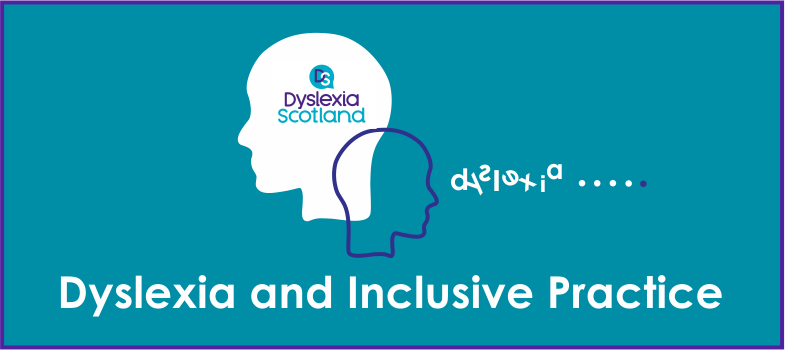2.3. How do we know dyslexia exists?
Over the past 100 years there has been a great deal of debate regarding dyslexia and questions have been raised querying whether it is ‘real’ and whether it can be scientifically proven to exist.
Scientific advances such as the development of specialised scanning equipment, including Magnetic Resonance Imaging (MRI), which can produce detailed images of the inside of the brain, have helped confirm that dyslexia does indeed exist.
This specialised scanning has enabled researchers to study dyslexic children and adults undertaking tasks, such as reading, and compare them with individuals who are not dyslexic. The results clearly show differences between how the brains processes information. As highlighted earlier, dyslexia is not linked to
2.2. Dyslexia and neurodiversity
